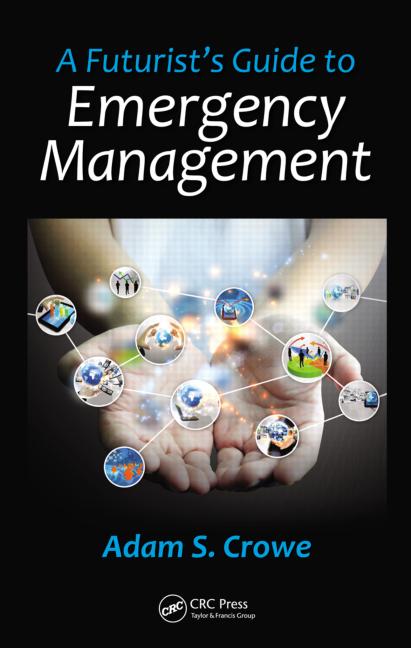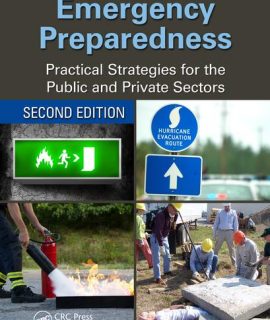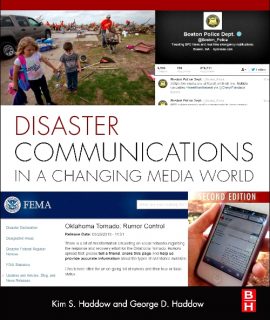A Futurist’s Guide to Emergency Management
$131.05
A Futurist’s Guide to Emergency Management provides interdisciplinary analysis on how particular sets of conditions may occur in the future by evaluating global trends, possible scenarios, emerging conditions, and various other elements of risk management. Firmly based in science, the book leverages historical data, current best practices, and scientific and statistical data to make future projections to help emergency management, homeland security, and public safety officials make appropriate planning, preparedness, and resource management decisions in the present to prepare for future conditions and risks.
- Focuses on trends in citizen behaviors, expectations, and choices related to technology, media, communication, and cross-cultural behaviour
- Reflects the impacts of age, gender, and sexuality roles on emergency response expectations as well as the increasing politicization of disaster response and recovery activities
- Evaluates how perceptions of risk are changing—particularly in light of low probability, but high consequence events
- Considers emerging physical, social, environmental, and technological issues such as climate change, sustainability, globalization, and cyber threats
Divided into three sections, the book first focuses on trends in citizen behaviors, expectations, and choices related to technology, media, communication and cross-cultural behavior. It then explores the impacts of age, gender, and sexuality roles on emergency response expectations as well as the increasing politicization of disaster response and recovery activities.
Additionally, the second section evaluates how perceptions of risk are changing – particularly in light of low probability, but high consequence events. The book concludes with coverage of emerging physical, social, environmental, and technological issues such a climate change, sustainability, globalization, and cyber threats.
Features:
- Identifies both technological trends that impact emergency management currently as well as those in the near and long-term future of disaster management
- Presents emerging technologies that connect people to disasters, whether directly impacted or not, including electronic donations, digital humanitarianism, and virtual volunteerism
- Explores the disturbing trends of active shooters, lone wolf terrorists, and global extremist movements within the changing concept of risk
- Addresses the widening divide between available shrinking government funding for emergency management and the balooning cost of disasters
- Offers a road-map to assess and navigate the uncertainty of future disaster events and trends
You might also be interested in:
Categories
- Firehall Mall
- First Alert Smoke & Carbon Monoxide Alarms
- Coming Soon – Pre-Order
- ATS Online Training
- NFPA Standards & Fire Codes
- Ontario Codes
- Fire Safety & Public Education Materials
- Fire Service & Rescue
- Fire Investigator
- Fire Inspection & Code Enforcement
- Apparatus Driver/Operator
- Fire Protection/Systems & Apparatus
- Vehicle Extrication/Highway Safety
- Hazardous Materials
- Industrial / Facility
- Building & Life Safety
- Fitness / Wellness / Health & Safety
- Wildland
- Management / Leadership / Advancement
- Firefighter Entry Level
- Emergency Medical Service
- Emergency Management/Terrorism
- Firefighting Novels/History/Memoirs
- Deals & Steals







